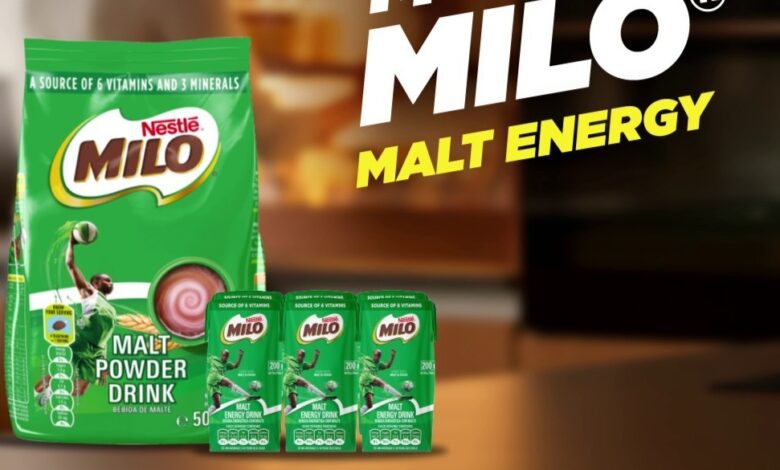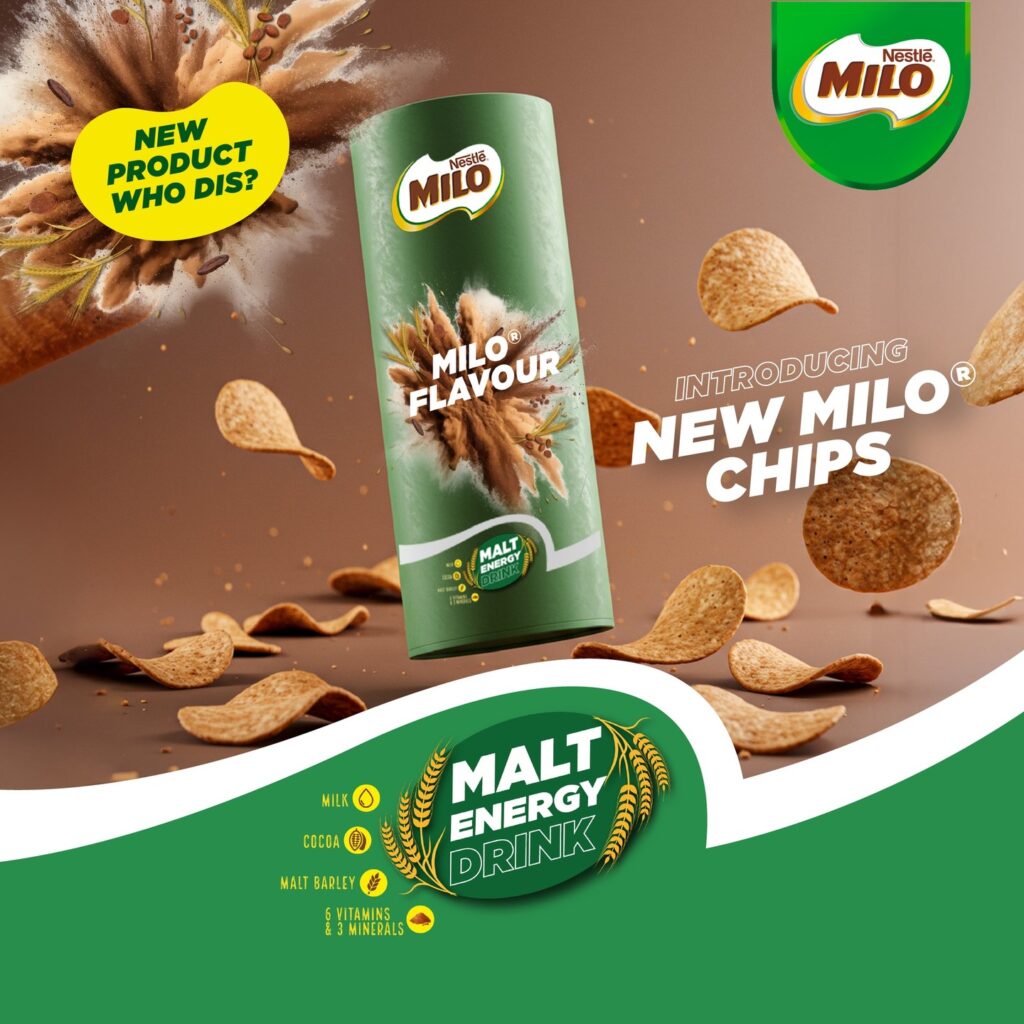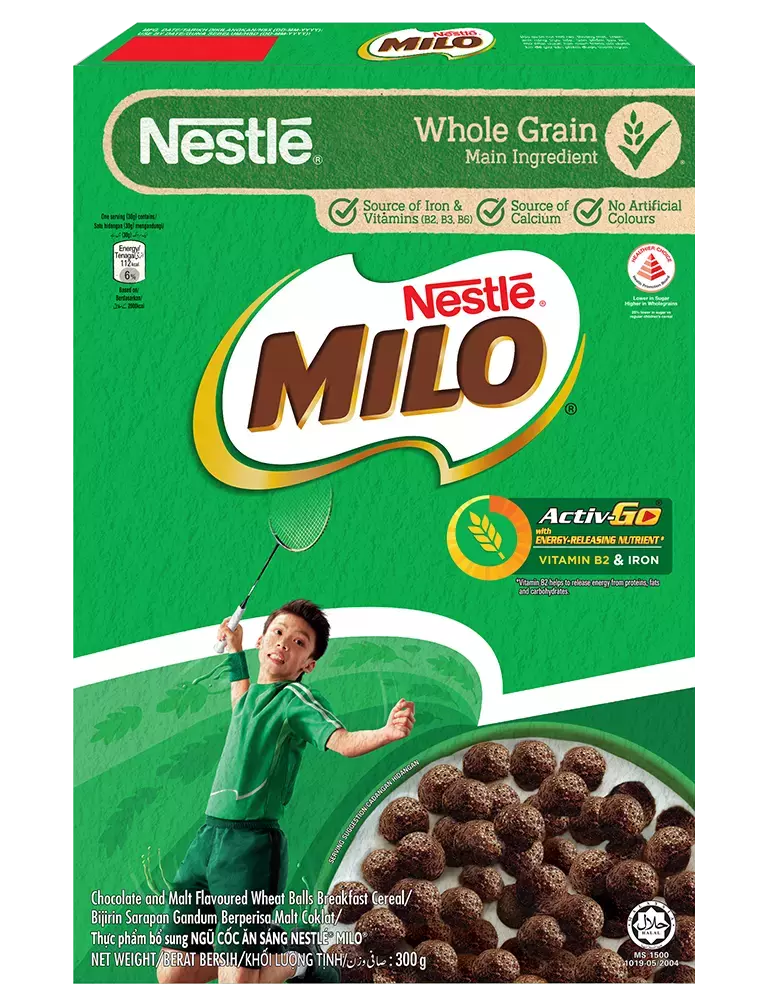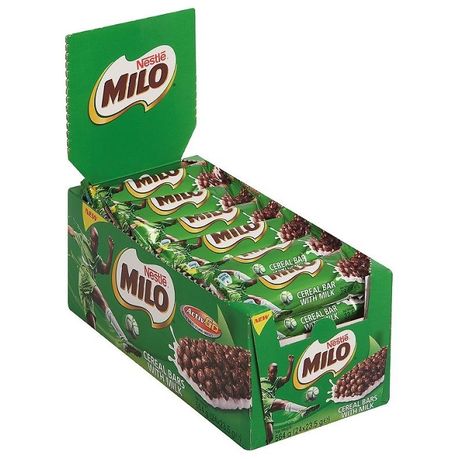How MILO Became a Global Household Name: The Real Story Behind Its Enduring Popularity

How MILO Became a Global Household Name: The Real Story Behind Its Enduring Popularity. When MILO was first introduced in 1934 by Australian chemist Thomas Mayne, it was not simply a chocolate malt drink. It was a product born during the Great Depression, designed to address a real nutritional need: helping children get essential vitamins and minerals at a time when diets were lacking. From that necessity-driven beginning, MILO evolved into a global phenomenon, with deep roots in markets as diverse as Nigeria, Malaysia, South Africa, and beyond.
The journey of MILO from a functional food supplement to a beloved cultural icon offers valuable lessons in resilience, strategic branding, and authentic connection with local communities. It’s a story that has transcended economic crises, shifting consumer trends, and fierce market competition.

Turning Nutrition into Nostalgia
MILO’s initial strategy was grounded in scientific credibility. The drink was fortified with vitamins, minerals, and energy-providing ingredients like malted barley and milk solids, which set it apart from sugary alternatives. Nestlé, the parent company, leveraged this nutritional edge in its early marketing, positioning MILO not as a treat but as fuel for growing children.
What truly accelerated MILO’s growth was its seamless integration into local cultures. In countries like Malaysia, MILO vans became a fixture at school sports days, distributing free samples and embedding the brand into childhood memories. In Nigeria, the brand sponsored school competitions, tapping into community pride and aspiration. These initiatives weren’t one-off promotions—they were long-term investments that built generational trust.
Strategic Expansion and Localization
As MILO expanded beyond Australia, Nestlé adopted a strategy that balanced global consistency with local relevance. Rather than enforcing a one-size-fits-all formula, MILO’s taste and formulation were adapted to suit local palates. In some markets, it was sweeter; in others, more malty or chocolatey. This localization helped the brand maintain authenticity while appealing to regional preferences.
Moreover, the product was positioned differently depending on the market. In some countries, MILO was marketed primarily as a breakfast drink; in others, as a post-sport recovery beverage. In South Africa, for instance, MILO became associated with school lunchboxes, while in the Philippines, it was heavily tied to athletic excellence.
This adaptability was key to sustaining long-term relevance. Instead of clinging to a single narrative, MILO evolved with the needs and lifestyles of its consumers.

Overcoming Challenges with Resilience
MILO has not been without its challenges. In an era increasingly wary of sugar and processed foods, the brand faced scrutiny over its health claims. Nestlé responded by reformulating MILO in several markets to reduce sugar content and increase transparency in labeling. In 2018, for instance, Nestlé Malaysia announced a new recipe that cut sugar by almost 10%.
This move was more than a product tweak—it was a strategic decision to stay aligned with consumer values. Instead of defending outdated formulations, MILO chose to evolve, reinforcing its original commitment to health and nutrition. This ability to acknowledge criticism and make meaningful changes is a hallmark of resilient brands.
Innovation Rooted in Purpose
Beyond recipe adjustments, MILO has embraced innovation in packaging and product formats. Ready-to-drink cartons, snack bars, and even MILO cereal were introduced to cater to on-the-go lifestyles. These extensions didn’t dilute the brand; they enhanced its utility and presence across multiple consumption occasions.
Digital marketing has also become a key part of MILO’s playbook. From running youth sports programs online to creating interactive content, MILO has continued to inspire activity and wellness while staying relevant in a digital-first world.

Lessons for Entrepreneurs
MILO’s rise offers clear, practical lessons for aspiring entrepreneurs:
- Start with a real problem: MILO was created to solve a genuine nutritional issue during a global crisis. The authenticity of that origin story has never been lost.
- Invest in culture, not just campaigns: MILO’s long-term presence in schools, sports, and community events built deep brand equity that no ad campaign could replicate.
- Adapt without losing your core: Localization allowed MILO to stay relevant across geographies without losing its identity.
- Respond to change with action: Instead of resisting health critiques, MILO evolved its formula and messaging to meet new standards.
- Expand meaningfully: Product innovations were extensions of the brand’s purpose, not departures from it.
In a crowded beverage market, MILO has endured by being more than a drink. It became a ritual, a reward, a symbol of care. That kind of brand strength isn’t built overnight. It takes intention, patience, and a relentless focus on delivering real value—lessons that every entrepreneur can carry into their own journey.




